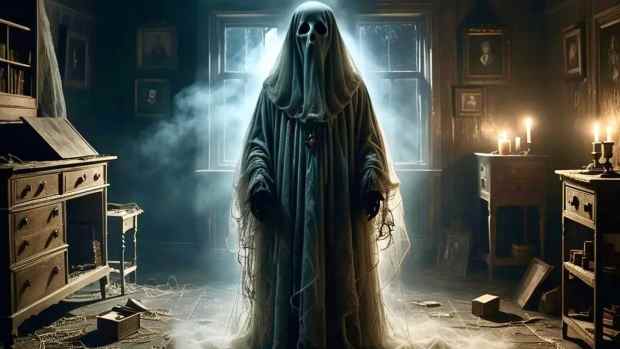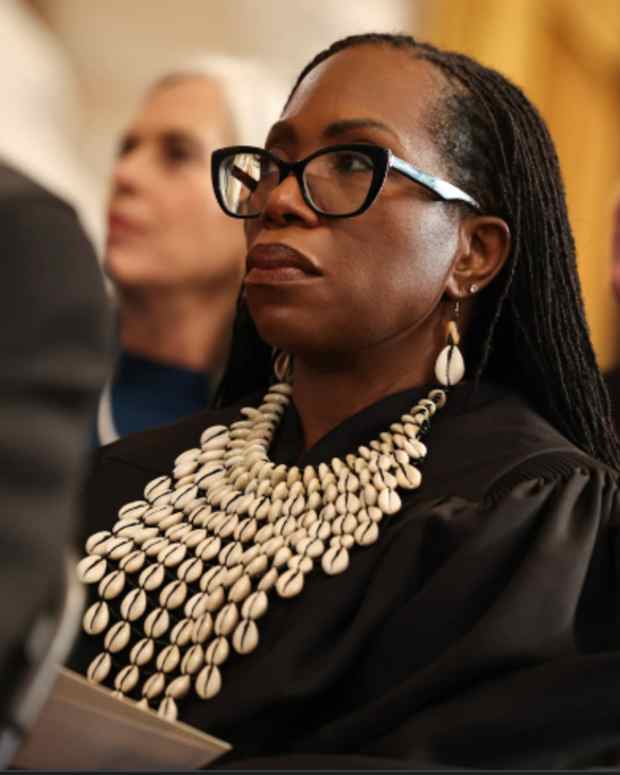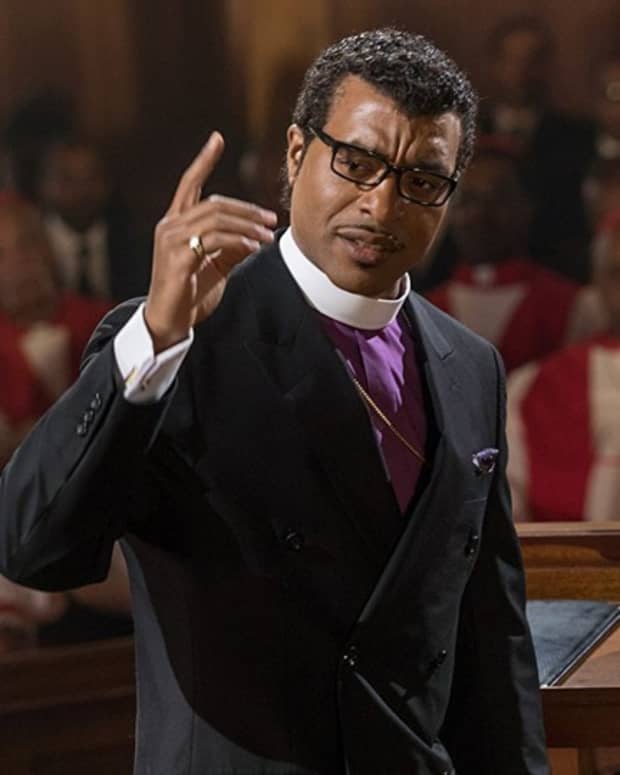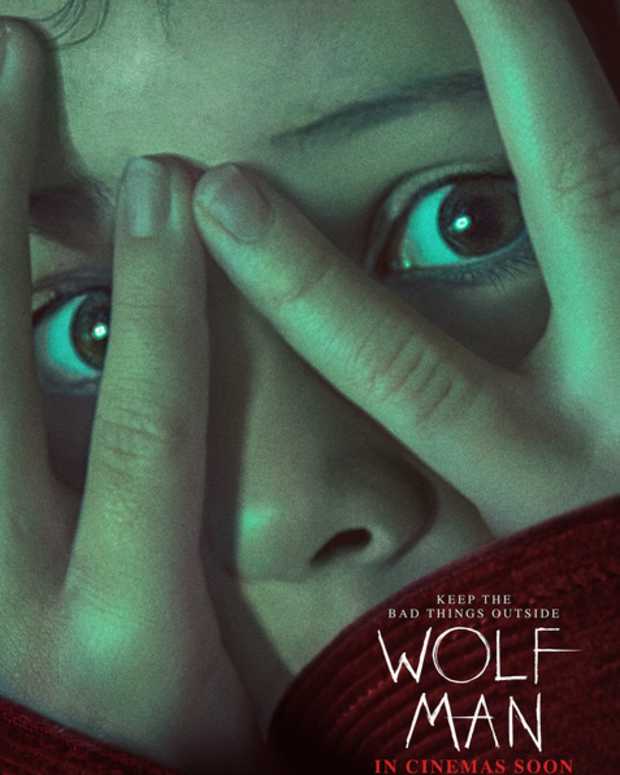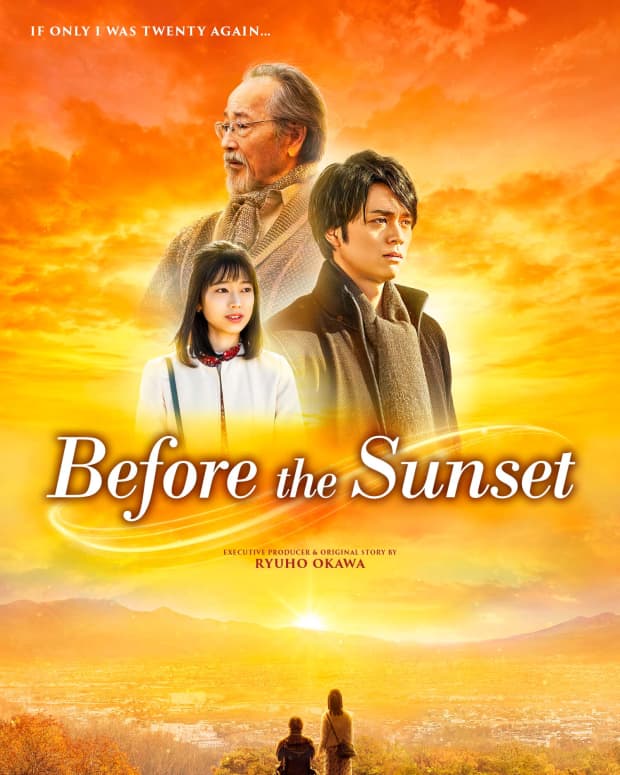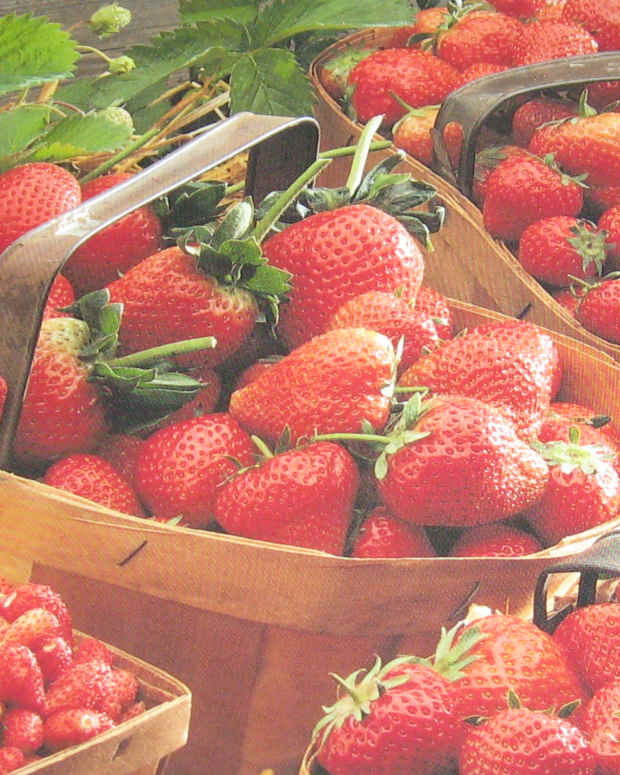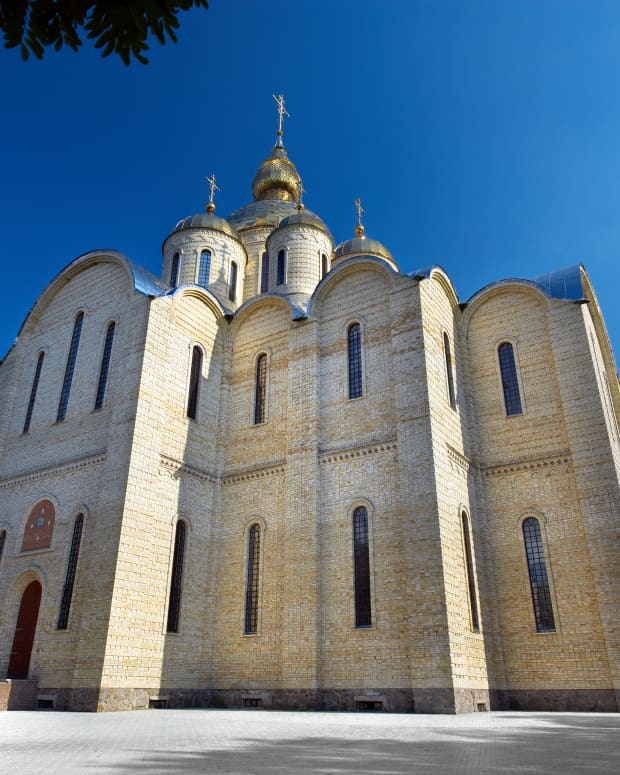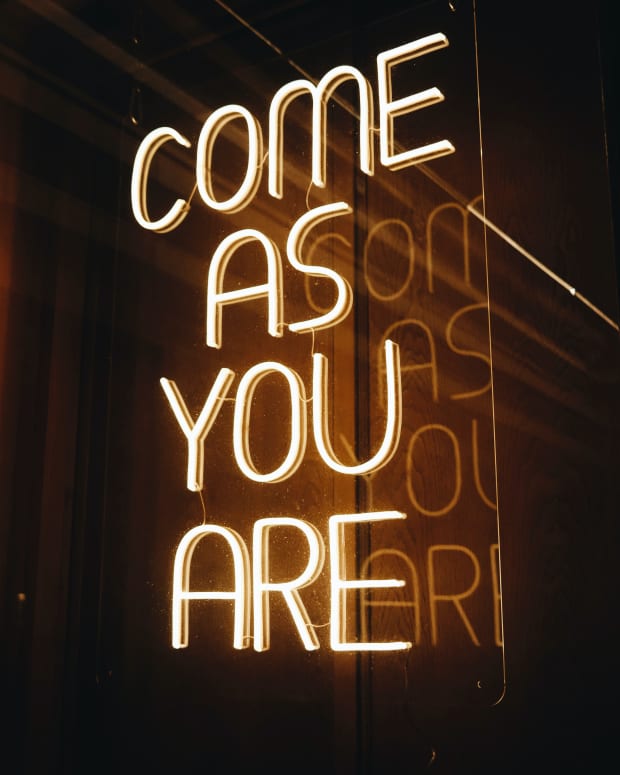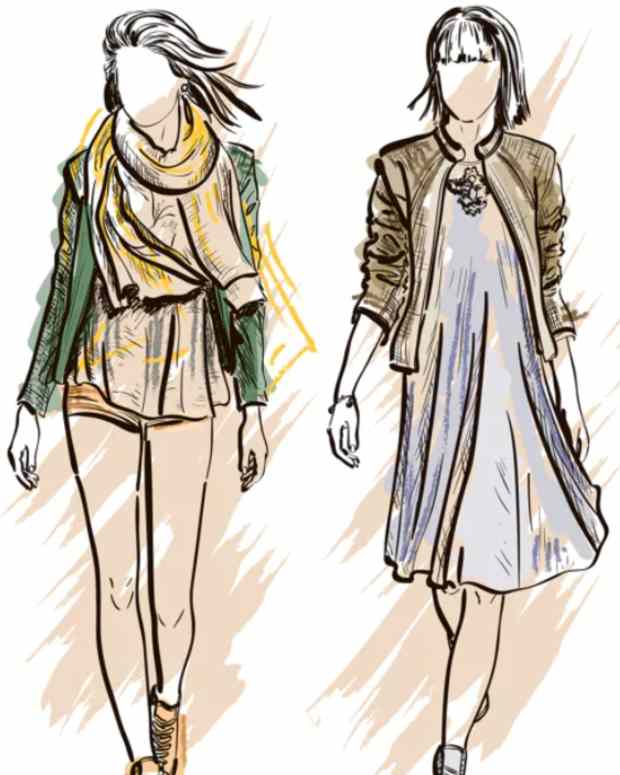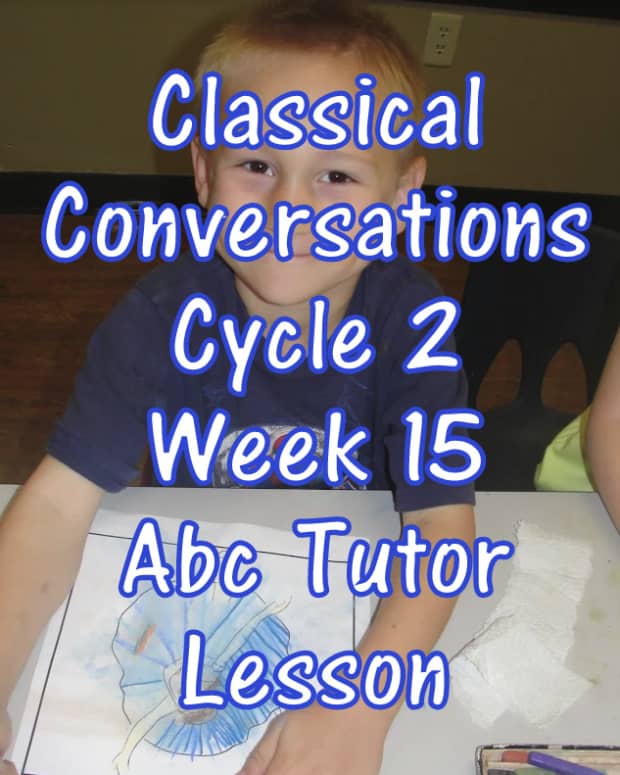African Influences in Modern Art
The Initial Website
- African Influences in Modern Art | Thematic Essay | Heilbrunn Timeline of Art History | The Metropol
A Short Introduction
I found the reading “African Influences in Modern art” interesting because of the themes I picked up on when analyzing it. The article heavily focused on the transition from the Renaissance realism to African abstraction, but attempted to make connections between the two that were not necessarily there.
The First Critique
First off, the author of the article mentions in the first page that the reason artists like Picasso and Matisse were drawn to these pieces was because of the spiritual aspect of the African Art, not necessarily the style. It mentions that they molded the style and transformed it into modern art, but there are no signs pointing to the spiritualist aspect, but something much more personal for the artist, and not for the African people. Even in the third page, it mentions that Picasso’s run-ins with African art made him realize his purpose as a painter. African art made him want to “exorcise” his fear of the unknown by giving form to it, which shaped the beginnings of the cubist movement.
The Spread of Modern Art
I agreed with the paragraphs that addressed the spread of modern art to other parts of the world like the United States and Germany. Usually in history classes we are taught about World War I and the struggles between countries, not the transfer of arts and ideas between each other. The contrast in the fourth paragraph at the sentence “between the world wars” makes one realize that in the midst of death and devastation, there were artists creating masterpieces and making the best of the situation.
In the provided painting, the effect of the war is shown abstractly through the subject matter and design, and underlying the theme of war in these paintings was the African Art style.
The Influence of War and African Art - Provided Painting
A Note on "Berlin Street"
An example of a painting that encompasses both war and African Art is the painting “Berlin Street” by George Grosz. Nobody in the picture looks particularly happy, just busy. The faces and bodies are drawn abstractly, and it seems as though the closer the object or person, the more abstract they become. In the back, there is a keg of beer and there appears to be some things falling down.
An Admiration of Kuba Cloths
African art not only appeared in paintings, but also in materials like cloths.
This was fascinating to me because when I think about art, I initially think about paint, drawing, and sculpture.
Seeing woven work being integrated into Matisse’s art was an intriguing part of the article.
I learned a lot of new things about Matisse: that his family history was made up of weavers, and that he probably found African Kuba cloths from African Art shows in Paris.
Kuba cloths are nineteenth century fabrics that were woven from palm fibers.
These cloths inspired some of his most profound later pieces like “Snow Flowers”, which was really cool since it was not common to create cut-out art in the style of African Art.




